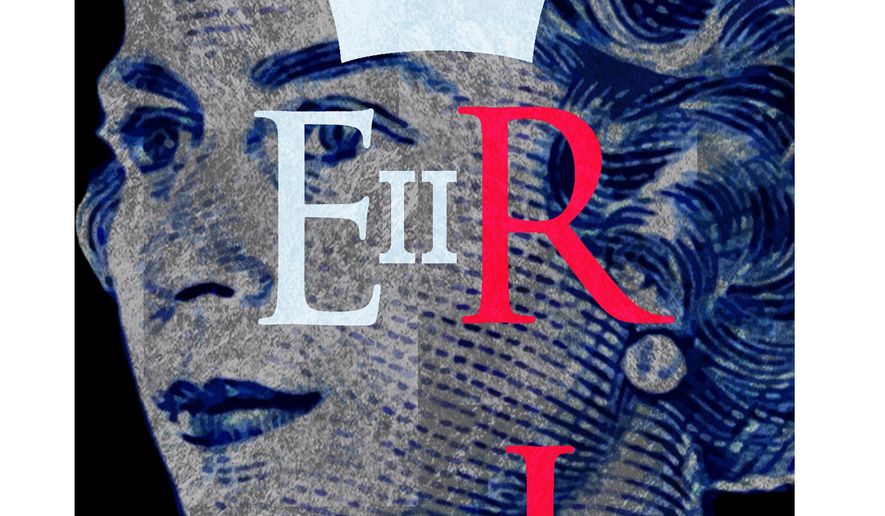OPINION:
Queen Elizabeth II ascended the throne of the British monarchy in 1953, and at 25 years of age, she assumed the authority of “Queen Head of the Commonwealth and Defender of the Faith” at a time when the world was spinning out of control.
Born in 1926, Elizabeth grew up with the threats of what British author, Os Guinness, calls “the horror of the radical evil of the twentieth century… its utter desecration… The death camps, the killing fields, the simultaneous extermination of human beings, and the extermination of what it [meant] to even be human.” This was the stuff of young Elizabeth’s daily news.
As a teen, she watched as her father and Winston Churchill fought to fend off the “brutal, horrifying, and senseless carnage of… warfare.” She witnessed what Guinness describes as “the end of both the European Enlightenment and Europe as the capital of world civilization.” By the time Elizabeth became Queen, the Commonwealth over which she now ruled was already halfway through a “century-long maelstrom of clashing views.” This clash threatened not just the definition of “the Faith” but also many of the ideals and beliefs previously held in “common” by the people and culture she was pledged to defend.
The carnage of two world wars: “Two hundred and thirty-one million men, women, and children [killed]; shot over open pits, murdered in secret police cellars, asphyxiated in Nazi gas ovens, worked to death in Arctic mines or timber camps, the victims of deliberately contrived famines or lunatic industrial experiments.” (David Berlinski) The rise of political religions such as communism, national socialism, and fascism. The threats of totalitarianism. The Cold war. The arms race, the specter of nuclear Armageddon, the moral nihilism of the burgeoning counter-cultural movement. This was the world of the Queen in the mid-twentieth century.
Then came the twenty-first: The acceleration of science and technology. Artificial intelligence. Gene editing. Talk of trans-humanism and the possible redefinition of what it even means to be human. All seemed to validate the warnings of Huxley and Orwell. Or, in the words of C.S. Lewis: “Man’s conquest of Nature [was turning] out, in the moment of its consummation, to be Nature’s conquest of Man.”
And all the while, as the Queen sat on her throne, the architects of this grand rebellion doubled down in their determination to rebuild their Tower of Babel. Guinness quotes one archetype of this nightmare, Stefan Zweig, who called for our “old ancestor, [the] spirit which remains the same in all forms, all legends, that nameless builder of Babel, [that] genius of mankind,” to rise again and “strive against his Creator!” Hubris, not humility, was the prescription for all that ailed us.
Now one might rightly ask, what was Elizabeth’s response to this arrogance?
At first, she seemed to sympathize, if not embrace it. “Let us set out to build a truer knowledge of ourselves and our fellowmen…and to use the tremendous forces of science and learning for the betterment of man’s lot upon this earth,” she said in 1953. And then, twenty years later, she echoed the same. “Britain and these other European countries see in the Community a new opportunity for the future. [We] believe…that if [we] work together… the whole world will benefit. We are trying to create a wider family of nations…”
But around the turn of the century, Queen Elizabeth’s focus shifted, and she seemed to be looking in the opposite direction. Rather than trusting more in man, she began trusting in her Maker. Rather than talking about a “family of nations,” she began to speak quite openly about the family of God.
“For me,” she said during Christmas of 2000, “the teachings of Christ and my own personal accountability before God provide a framework in which I try to lead my life.” And then, in 2014, she added, “The life of Jesus Christ, the Prince of Peace… is an inspiration and an anchor… A role model of reconciliation and forgiveness… Christ’s example has taught me to seek to respect and value all people… Billions of people now follow Christ’s teaching and find in him the guiding light for their lives. I am one of them.” And finally, in 2021, in the middle of a worldwide pandemic, she concluded: “The last few years have been particularly hard… For many, it has been a time of anxiety, grief, and weariness. Yet the Gospel has brought hope, as it has done throughout the ages… Christ’s teachings have been the bedrock of my faith.”
The 70-year legacy of the “Defender of the Faith” is this: As she shifted her gaze from herself to her Savior, she found hope in the Gospel. Today the world may tell you that the Queen is dead, but don’t believe it. Elizabeth II now reigns with her Sovereign in His Kingdom.
Long live the Queen!
• Everett Piper (dreverettpiper.com, @dreverettpiper), a columnist for The Washington Times, is a former university president and radio host.




Please read our comment policy before commenting.